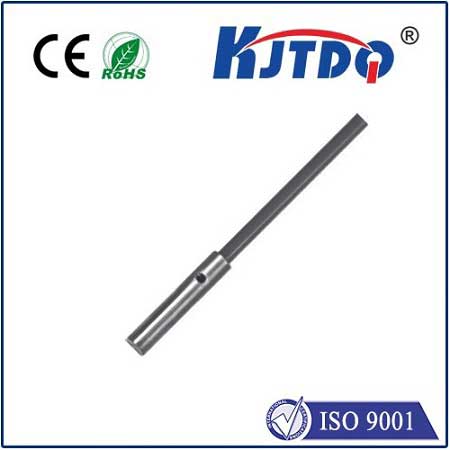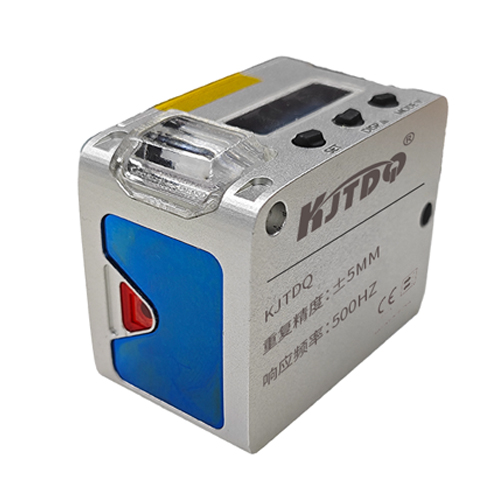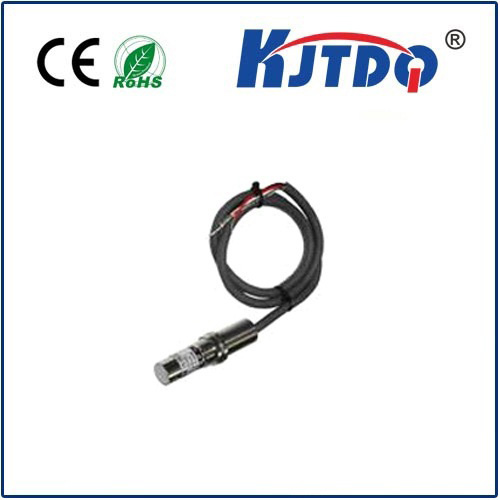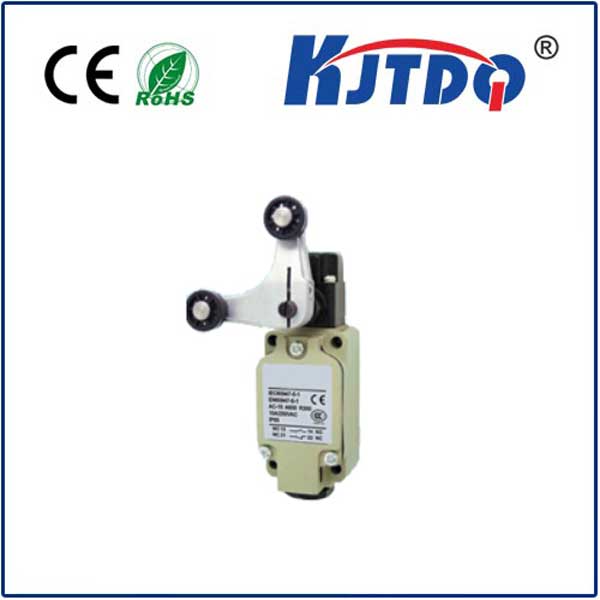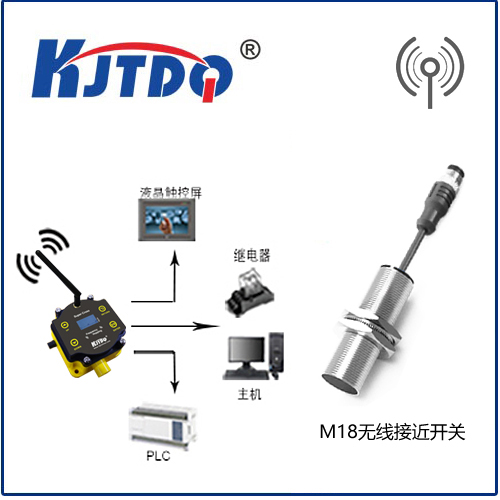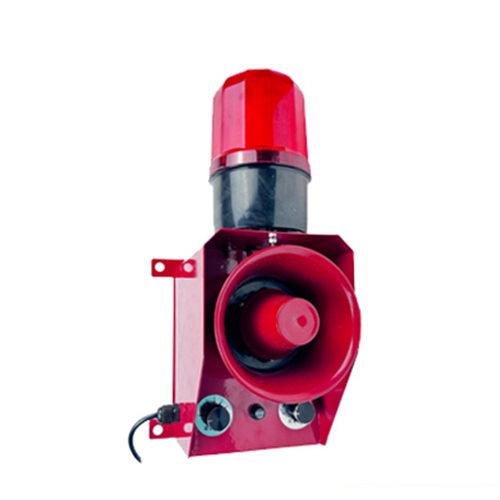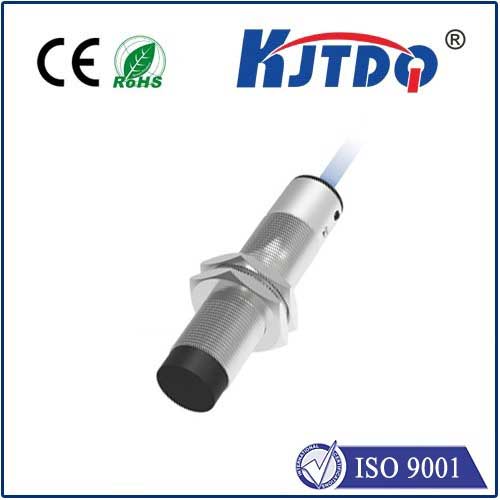wheel encoder sensor
- time:2025-06-17 01:48:52
- Click:0
Wheel Encoder Sensor: The Silent Navigator Powering Precision Motion Control
Wheel encoder sensors. They might not grab headlines like the latest AI model or a sleek robotic arm, but ask any engineer working in automation, robotics, or motion control what component provides the indispensable fundamental truth about movement, and their answer will likely point to these unsung heroes. Acting as the critical eyes for countless motion systems, wheel encoders silently translate the physical rotation of a wheel, shaft, or axle into precise, actionable electrical signals – forming the bedrock of accurate positioning, speed control, and directional awareness in our increasingly automated world.
Demystifying the Core Function: How Does a Wheel Encoder Sensor Work?
At its heart, a wheel encoder sensor is a type of rotary encoder. Its primary mission is to convert the angular position or motion of a rotating element into a digital or analog signal that a control system (like a PLC, microcontroller, or motor drive) can interpret. This is crucial because while a motor might be told how fast to spin, the encoder sensor confirms the actual, real-world movement, enabling closed-loop control – the gold standard for precision.
The most common type found integrated directly with wheels is the incremental optical encoder. Here’s a simplified breakdown of its operation:

- The Disc: Attached to the rotating wheel axle is a slotted disc (or codewheel). This disc has a very precise pattern of alternating transparent and opaque lines radiating from its center.
- The Light Source & Sensors: Positioned on either side of the disc are an LED light source and one or more photosensitive detectors (phototransistors or photodiodes).
- Signal Generation: As the wheel rotates, the disc spins accordingly. The light beam passes through the transparent slots and is blocked by the opaque lines. This rapid on-off interruption pattern is detected by the photosensors.
- Quadrature Output (The Key Insight): High-quality incremental encoders typically employ two detectors (Channel A and Channel B), placed slightly offset from each other relative to the disc pattern. This ingenious arrangement generates two square wave signals that are 90 degrees out of phase – known as quadrature signals.
- Direction Detection: The specific order in which these two channels transition (e.g., A leads B or B leads A) tells the control system the exact direction of the wheel’s rotation (clockwise or counter-clockwise).
- Position & Speed Calculation: By counting the rising and/or falling edges of these pulses (using a technique called quadrature decoding), the control system can determine the precise distance the wheel has traveled (resolution depends on the number of lines per revolution or PPR). Furthermore, by monitoring the frequency of these pulses, it can accurately calculate the wheel’s rotational speed.
Why Wheel Encoder Sensors Are Indispensable: Solving Critical Motion Challenges
The ability to precisely measure position, speed, and direction in real-time allows wheel encoder sensors to address fundamental challenges across numerous industries:
- Achieving Pinpoint Positioning & Repeatability: In robotics, especially mobile robots (AGVs, AMRs), warehouse logistics systems, and CNC machinery, knowing exactly where you are and how far you’ve moved is non-negotiable. Encoders provide the reliable feedback needed to reach target locations consistently and accurately, time after time. Without them, automated guided vehicles would literally lose their way.
- Ensuring Stable & Accurate Speed Control: Whether it’s maintaining the exact conveyor speed for a production line, regulating the feed rate in packaging machinery, or ensuring smooth, consistent motion in printing applications, encoders provide the real-time speed data essential for controllers to make constant adjustments and maintain setpoints. This is vital for product quality and process efficiency. Variable frequency drives (VFDs) controlling motors rely heavily on encoder feedback for precise speed regulation under varying loads.
- Enabling Closed-Loop Feedback Control: This is the superpower enabled by encoders. Open-loop systems (without feedback) simply send a command and hope for the best. They are prone to errors from load changes, friction, or voltage fluctuations. Closed-loop systems, using encoder feedback, continuously compare the actual motion (measured by the encoder) to the desired motion (the command). Any discrepancy triggers an immediate corrective action by the controller, dramatically improving accuracy, responsiveness, and stability.
- Providing Directional Context: As explained via quadrature decoding, encoders don’t just measure distance and speed; they inherently know which way the wheel is turning. This is critical for functions like reversing mechanisms, navigating around obstacles autonomously, or synchronizing the motion of multiple axes where direction matters.
- Calculating Travel Distance: By counting pulses relative to the wheel’s circumference, encoders allow systems to calculate linear distance traveled directly. This is fundamental for odometry in robotics and precise positioning in linear transport systems.
Key Applications: Where Wheel Encoder Sensors Dominate
The versatility of wheel encoder sensors makes them ubiquitous:
- Mobile Robotics (AGVs/AMRs): Odometry for navigation, position tracking, and velocity control. They are the primary source for dead reckoning (estimating position from movement).
- Industrial Automation: Controlling conveyor speeds with pinpoint accuracy, registration in printing/packaging machines, precise positioning in assembly lines, monitoring feed rates.
- Factory & Warehouse Logistics: Guiding autonomous forklifts, positioning gantry systems, controlling sorting equipment.
- CNC Machinery: Monitoring spindle speed, controlling feed axes, ensuring tool position accuracy (often via shaft-mounted encoders).
- Medical and Laboratory Automation: Precision fluid handling pumps, robotic surgery arms, diagnostic equipment requiring controlled motion.
- Agricultural Machinery: Guidance systems, planting and spraying control, yield monitoring.
- Test & Measurement Equipment: Providing controlled motion and position feedback for repeatable testing procedures.
Selecting the Right Encoder: Key Considerations
Choosing the optimal wheel encoder sensor requires careful thought:
- Resolution (PPR - Pulses Per Revolution): How many pulses are generated per full wheel rotation? Higher PPR provides finer position and speed resolution but requires faster processing. Balance need with application complexity.
- Accuracy: Refers to how closely the measured position matches the true position. Depends on disc manufacturing precision, sensor alignment, and internal electronics. Critical for high-precision tasks.
- Signal Type: Incremental quadrature (A, B, Index) is most common for wheels. Absolute encoders (providing unique position info per shaft angle, even after power loss) are used where homing isn’t feasible, but complexity and cost are higher.
- Output Interface: Common types include open-collector, push-pull, line driver (RS-422) for noise immunity over longer cables. Choose based on compatibility with your controller and environment.
- Environmental Factors: Consider vibration, shock, temperature extremes, dust, moisture, and potential chemical exposure. IP ratings provide guidance on sealing. Industrial-grade encoders are built tough.
- Mounting & Integration: Physical size, shaft size compatibility, mounting method (hub-shaft, thru-bore, hollow-shaft), and ease of alignment are crucial practical factors.
- Speed Range: Ensure the encoder can handle the maximum operational speed (RPM) of your application.
The Unsung Hero Enabling the Future of Automation
From the graceful movement of a collaborative robot arm to the tireless journey of a warehouse delivery bot, wheel encoder sensors are the silent, essential partners. They transform the abstract command “move” into the concrete reality of controlled, precise, and reliable motion. By providing the fundamental feedback of where you are, how fast you’re going, and which way you’re headed, they form the sensory foundation upon which modern automation, robotics, and intelligent motion control are built. As demands for greater speed, precision, and autonomy escalate across industries, the quiet revolution enabled by these sophisticated yet fundamental rotary encoders will only deepen, continuing to drive innovation from the ground up – one precise pulse at a time. The integration of encoder data with emerging technologies like AI-driven predictive maintenance and enhanced inertial navigation systems further amplifies their impact, solidifying their role as indispensable navigators in our automated future.







